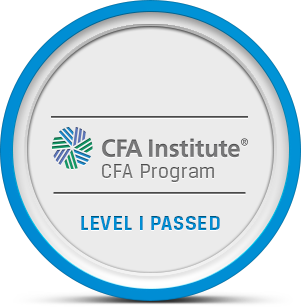
Chartered Financial Analyst Level 1
Get started today
Ultimate access to all questions.
Comments
Loading comments...

Ultimate access to all questions.
An analyst evaluates three portfolios, each comprising two derivatives on the same underlying asset. The portfolios are structured as follows:
Assuming all other factors remain constant, which portfolio is most likely to benefit from an increase in the underlying asset's price?
A
Portfolio 1
B
Portfolio 2
C
Portfolio 3